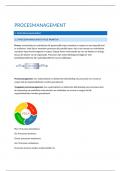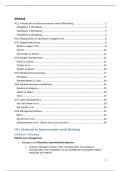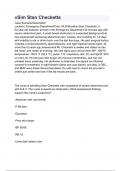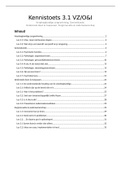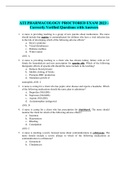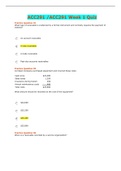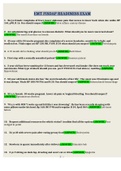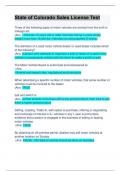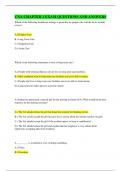Notes de cours
Lecture notes Constructing Europe: History, Culture and Politics (Y)
- Cours
- Établissement
A summary of all the lectures that took place for the course Constructing Europe: History, Culture and Politics. There were 12 lectures in total. The test was to write an essay answering a question about the readings.
[Montrer plus]




